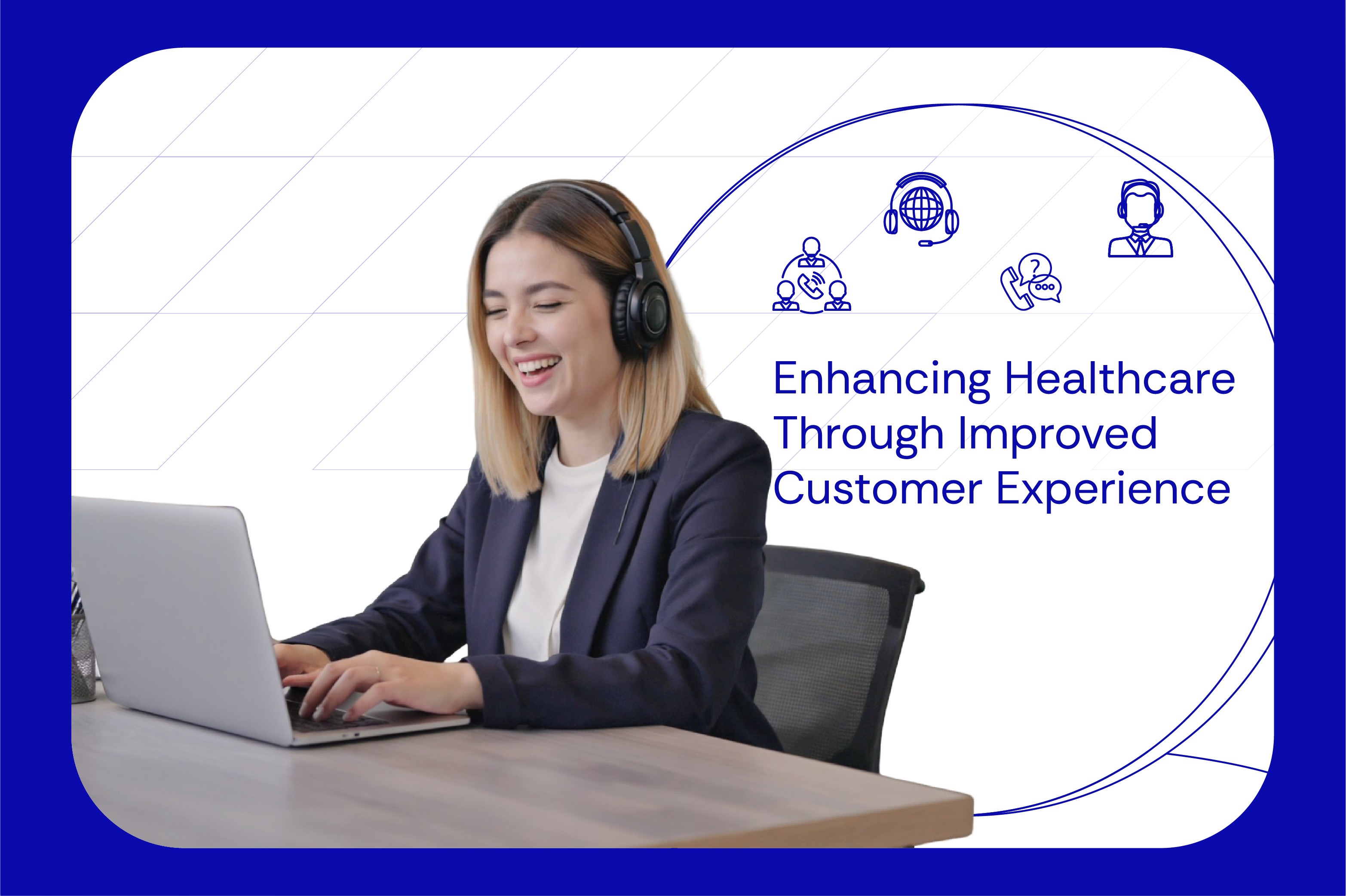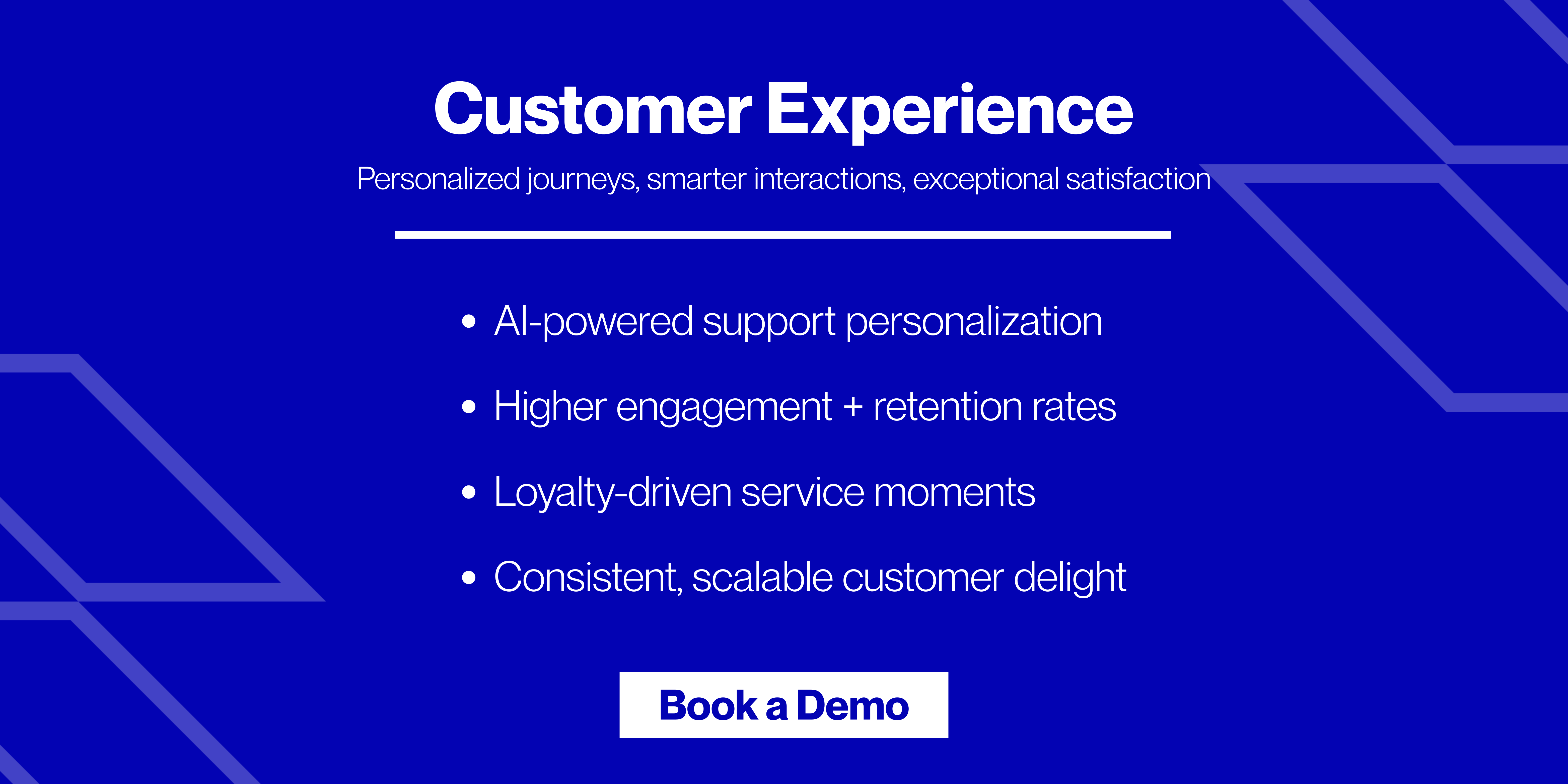Customer experience in healthcare refers to the complete journey a patient has with a healthcare provider. It covers all interactions before, during, and aftercare. Some key areas of CX healthcare are clear communication, better service quality, technology use, knowledge sharing, and ease of access.
Patients remember how you made them feel long after they forget what you prescribed.
Yes, nowadays, treatment alone is not enough! A patient’s experience, from the moment they book an appointment to their final follow-up, directly influences their:
- Trust
- Satisfaction
- Long-term loyalty
Studies show that more than 60% of patients consider digital services important when choosing a physician. Also, about 26% of consumers would switch providers for better digital services.
Thus, as a healthcare provider, you can no longer afford to focus only on clinical outcomes. Customer experience in healthcare is now a strategic priority! For healthcare providers and consumer brands in the U.S., U.K. & Australia, especially VPs, Directors and Senior Managers in Customer Support and Experience, patient experience is now a strategic priority. It influences both patient retention and reputation.
So, want to achieve sustainable success in the healthcare industry? In this article, we will first understand what customer experience in healthcare is and how you can improve it. Lastly, we will study the role of empathy and patient-centric design in boosting CX healthcare.
What is Customer Experience in Healthcare?
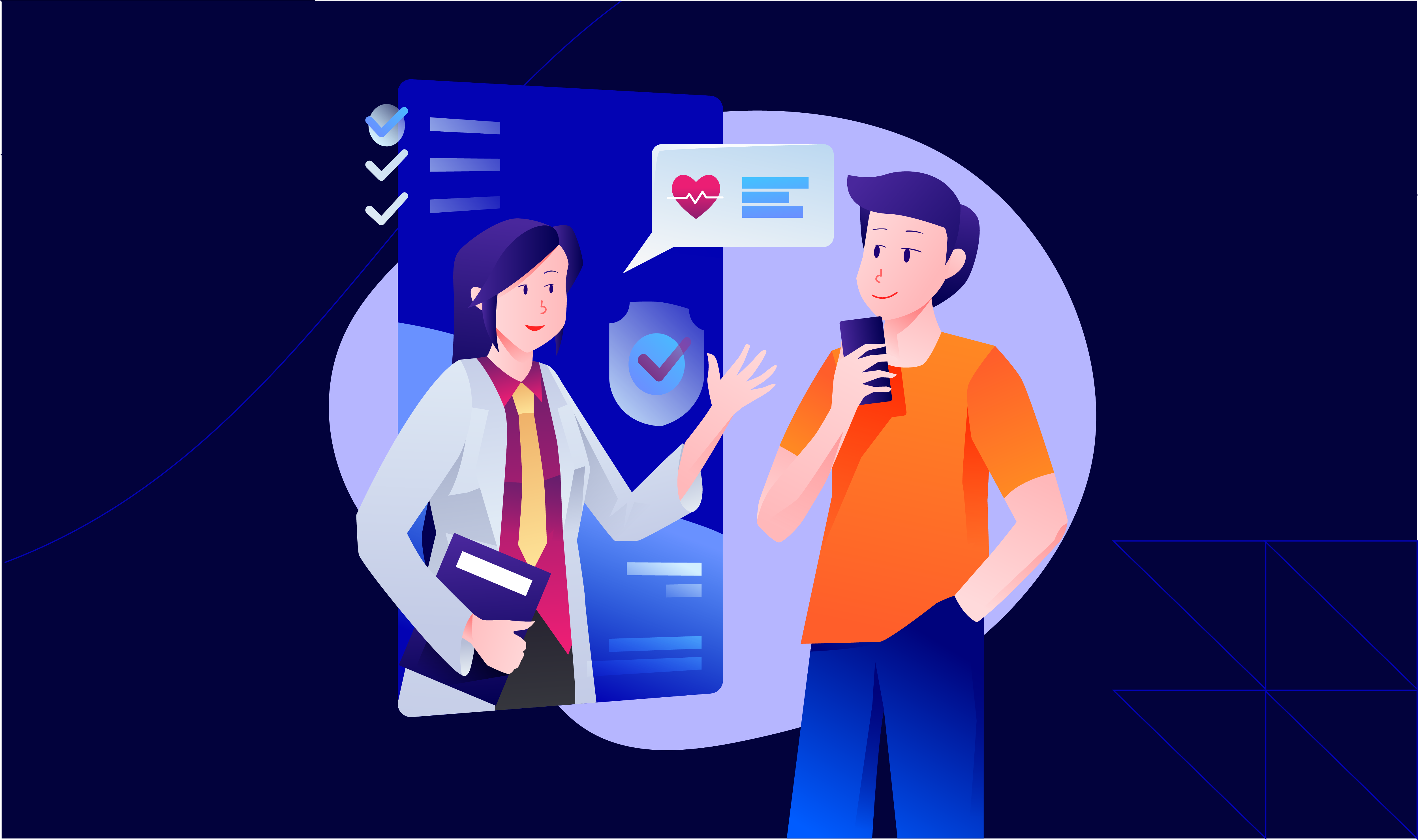
Customer experience in healthcare is related to how a patient feels about every interaction they have with a healthcare provider. This includes both in-person and online interactions. It starts when the patient first contacts the provider through a:
- Phone call
- Website
- In-clinic visit
It continues through appointments, billing, and follow-ups. Usually, CX Healthcare covers the following areas:
- How long a patient waits to see a doctor
- How easy it is to book an appointment online
- How clear the medical information is
- How helpful the staff are
- How easy it is to use online tools like patient portals
Be aware that nowadays most healthcare providers struggle with customer experience. That’s largely because it takes time, money and technology to:
- Build easy-to-use websites
- Automate scheduling
- Give staff the right tools
But here, please note that the experience a patient has affects whether they come back or look for another provider. So, improving healthcare customer experience is highly important for:
- Patient loyalty
- Long-term success
Many providers still struggle because building seamless experiences requires investment in digital systems, trained staff and automation.
How to Improve Customer Experience in Healthcare?
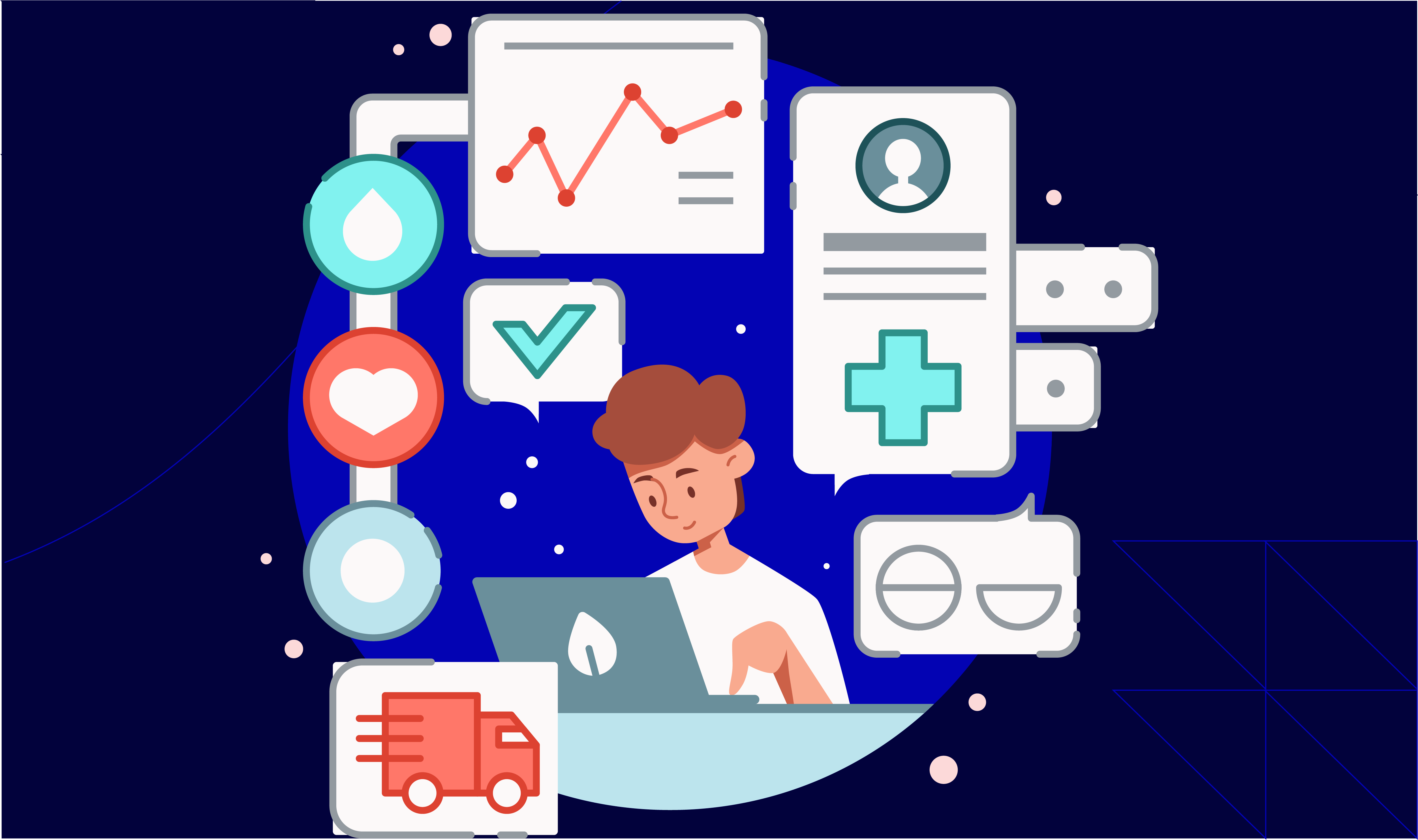
According to Accenture, 67% of patients have had a negative healthcare customer experience. This shows a clear gap between care delivery and patient expectations. These negative experiences are often a result of:
- Poor communication
- Long wait times
- Confusing systems
- Lack of personalised attention
So, want to plug the loopholes and deliver exceptional healthcare customer experience? Below are six ways to do so:
1. Make Your Administrative Processes Better
To improve the customer experience in healthcare you should reduce the time and effort needed to complete basic tasks like:
- Patient Registration
- Appointment scheduling
- Slot booking/ changing
That’s because patients often have to fill out paper forms or wait on the phone to book visits. This creates delays and frustration. A better approach is to allow patients to register and schedule appointments online.
Giving them this option saves time and reduces confusion. It also lowers the workload for your front desk staff. In addition, as a healthcare provider, you can also use systems that organise patient flow. Online scheduling and digital check-ins cut waiting times, ease confusion and reduce workload. These systems reduce long wait times and manage who gets seen first.
2. Benefit From Technology Solutions
Another way to improve customer experience in healthcare is by using modern technology. Let’s see which technology solutions you can use and why:
| Technology Solutions | Explanation |
| Telemedicine |
|
| Electronic Health Records (EHRs) |
|
| Automated scheduling tools |
|
| Self-service tools |
and
|
Consumer brands and D2C companies already use similar digital-first tools for customer convenience and healthcare must follow suit.
3. Provide Personalised Patient Care
In personalised care, you adjust healthcare communication and treatment plans based on the specific needs of each patient. Remember that it is not a one-size-fits-all approach! It includes sending reminders or health advice based on a:
- Person’s age
- Medical history
- Past visits
For example, a patient with diabetes might receive regular messages about blood sugar management or upcoming lab tests. This makes the patient feel recognised and supported.
Personalization shows patients they are recognized as individuals, not numbers.
4. Set Up Omnichannel Communication
Please note that clear communication is critical in healthcare. That’s because patients often have questions before or after their appointments. To boost customer experience in healthcare, you should offer them omnichannel messaging solutions, such as:
- Email support
- Text messages (SMS)
- Live chat service for websites
- Messaging apps
- Voice customer service
- Phone calls
Omnichannel support means a patient can start on your website, switch to a video call and the doctor still sees their full history. This makes it easier for your patients to reach you and get answers. Additionally, simple questions (like appointment times or office hours) can be handled by chatbots. At the same time, more complex issues can be managed by:
- Your trained staff
- Live agents
In the beginning, you can use platforms like WhatsApp to send appointment reminders. This allows patients to remember their visits (which reduces the number of missed appointments).
Atidiv has implemented similar omnichannel CX strategies, saving a UK client $500K annually by handling 230,000+ support tickets (case study here).
5. Collect Feedback for Continuous Improvement
As a healthcare provider, you should regularly collect patient feedback. It lets you understand what is working and what needs to change. Such feedback can be collected through:
- Short surveys
- Questionnaires
- Follow-up messages after a visit
The information so collected can cover many areas, such as:
- How patients felt about wait times
- How staff treated them
- How easy it was to get care
Acting on feedback strengthens trust and signals that patients’ voices matter. When you use this feedback to make specific improvements, it shows patients that their opinions matter. This builds trust and strengthens relationships. Also, feedback lets you identify problems early (before they become serious issues) which significantly boosts customer experience in healthcare.
6. Educate Your Patients
As a healthcare provider, you must give patients the requisite knowledge. At least, they should be able to understand:
- What is their exact illness?
- Which type of treatment will your clinic provide?
- What is the approximate recovery period?
When people have clear and accurate information, they are more likely to take part in their own healthcare decisions. You can offer this information in different ways:
- Put digital signages. They display health tips or important reminders.
- Use your online resources (like websites, videos, or downloadable guides) to explain:
- Medical conditions
- Treatments
- Healthy habits
- Offer one-on-one consultations with doctors or nurses. In them, allow patients to ask questions.
Always remember that knowledge builds stronger trust between patients and providers.
Education not only builds trust but also reduces unnecessary follow-ups which results in reduced costs for both patients and providers.
How to Boost CX in Healthcare Through Empathy and Patient-Centered Design?
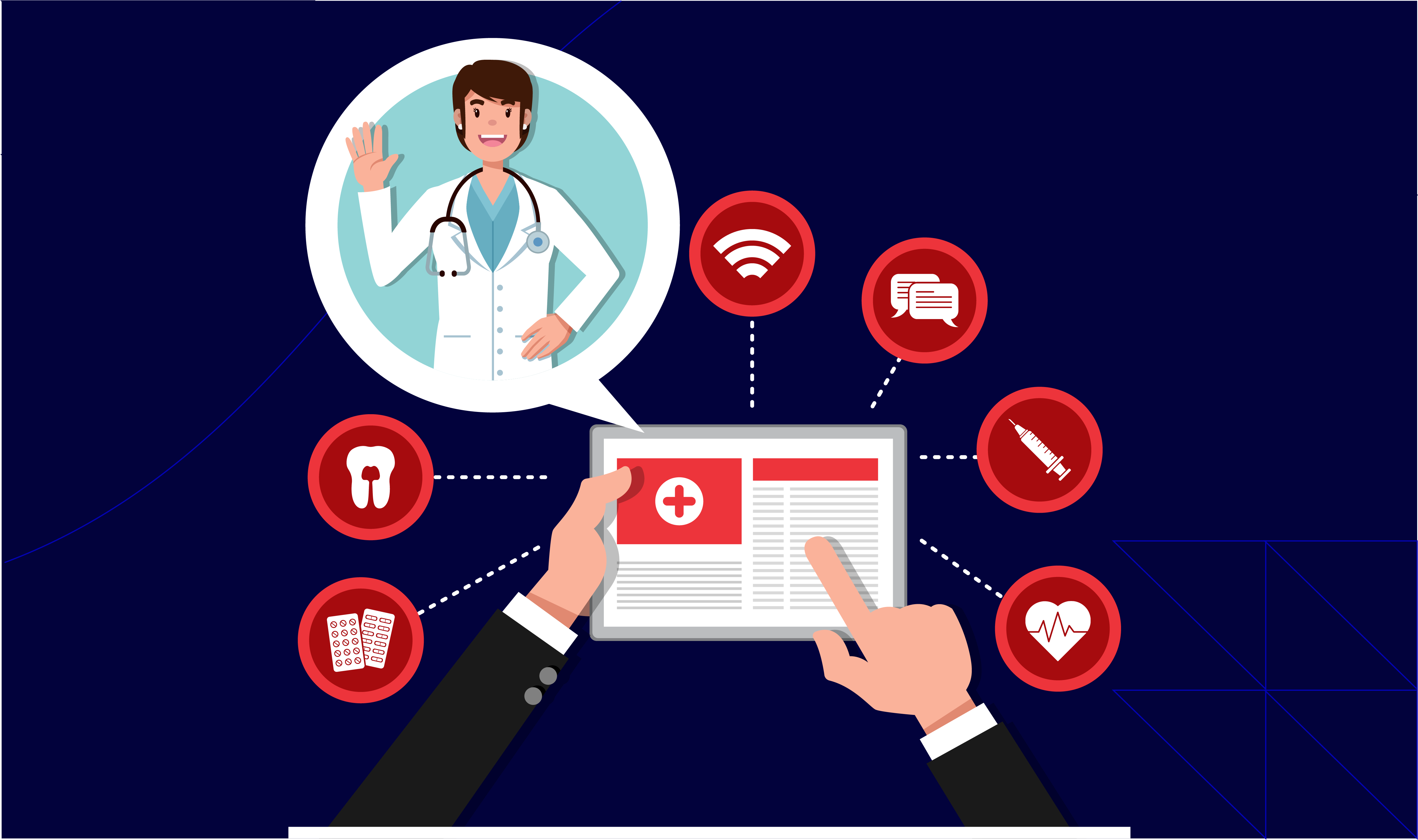
This concept focuses on two key parts. Let’s understand them in detail:
A) Empathy in Healthcare
Empathy means understanding and acknowledging how someone else feels. Empathetic staff who listen calmly, explain clearly and guide patients create trust. Please realise that in healthcare, patients often deal with:
- Stress
- Fear
- Pain
- Uncertainty
To boost the healthcare customer experience, your doctors, nurses, and staff must recognise these feelings. They should treat patients with care and empathy. For example:
- Your nurses listen calmly to a patient’s worries without rushing.
- Your doctors explain a diagnosis in simple words so the patient doesn’t feel confused or left out.
- Your receptionist helps a nervous patient to fill out forms instead of just pointing to them.
Remember that these small actions make a big difference! When patients feel respected and cared for, it improves their overall healthcare customer experience. In contrast, when empathy is missing, patients often feel ignored or unimportant.
B) Patient-Centric Design Thinking
Patient-centric design means planning every part of the customer experience in healthcare with the patient’s needs in mind. This goes beyond just being polite or helpful. Instead, it covers the following:
- How buildings are designed
- How appointments are managed
- How services are delivered
To create a patient-centric design, you can do the following:
- Set up waiting areas with clear signs and comfortable seating.
- Prefer easy-to-use online forms for appointment booking.
- Create shorter walking distances for elderly or disabled patients inside the clinic.
- Train your staff so that they can give instructions in plain language.
Remember that the goal of both these concepts is to reduce confusion and remove obstacles. By following these practices, you can significantly boost healthcare customer experience at every stage (from check-in to follow-up). This design-thinking approach ensures patients feel supported throughout their journey, not just during clinical treatment.
Want to Turn Patient Visits into Lasting Customers? Hire CX Healthcare Specialists, like Atidiv Today!
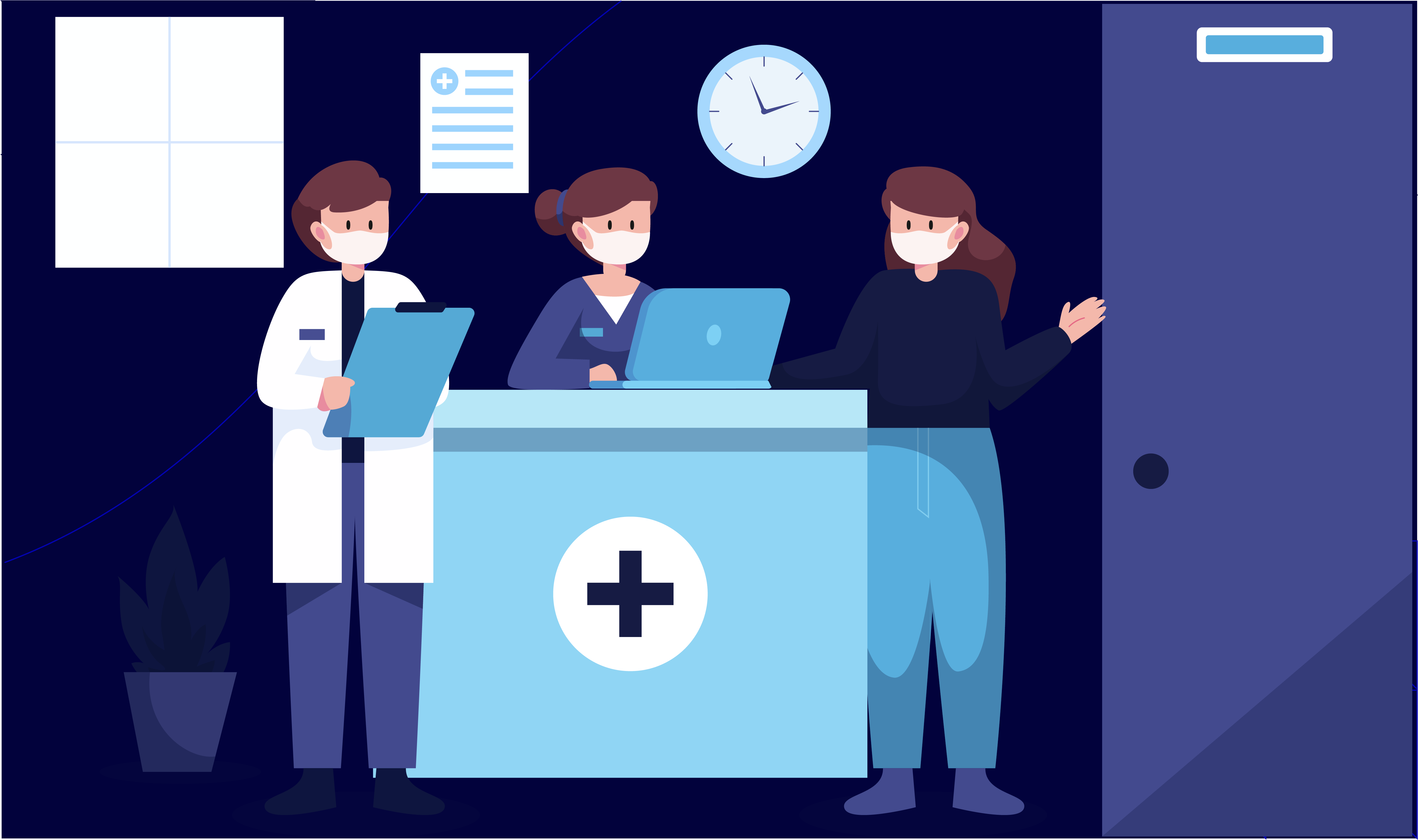
Thinking of ignoring customer experience in healthcare? Remember, it is no longer optional, it’s a strategic necessity. Instead, it is now a strategic necessity! That’s because today’s patients expect more than just treatment. At every step of their journey, they expect:
- Clarity
- Convenience
- Compassion
- Clear communication
And, this is possible only when you:
- Use technology
- Collect feedback
- Show empathy
- Redesign services around patient needs
These efforts let you build patient trust and improve healthcare customer experience.
But delivering all this requires specialized CX support. That’s where Atidiv steps in.
We help healthcare providers and D2C health brands in the U.S., U.K. & Australia improve CX by offering:
- Omnichannel messaging solutions (across phone, email, web chat, and SMS)
- Voice telco services
- Social media support services
- Personalised customer services, and more.
Our healthcare CX solutions have helped clients save up to 60% in support costs. For example, we partnered with a U.S. retailer and saved $1.3M annually through automation and CX redesign (case study here).
Partner with Atidiv today! Let us make you focus on what matters most – delivering excellent clinical care!
FAQs on Customer Experience in Healthcare
1. Why are patients leaving my clinic even though we provide good medical care?
Nowadays, medical care alone is not enough! Patients also care about:
- How they are treated
- Wait times
- Communication Quality
- Ease of booking
- Follow-up
Remember a poor healthcare customer experience can push them to try other providers (even if your clinical services are good).
2. Do I need to invest in expensive technology to improve customer experience in healthcare?
Instead of making large capital investments upfront, you can start small in the initial stages. To do this, you can use simple tools like:
- Online appointment booking
- Automated reminders
- Set up a basic patient portal
For now, particularly focus on what solves your patients’ immediate problems. Later, gradually, you can grow your service based on need and budget.
3. How can I reduce missed appointments and no-shows?
Many patients forget appointments due to a lack of timely updates. To resolve this problem, you can send digital reminders through:
- SMS
Also, you can set up automated reminders. Automated systems can cut no-shows by up to 30%. It is an easy way to reduce no-shows and boost customer experience in healthcare.
4. What is the easiest way to collect feedback from patients?
You can send short digital surveys after appointments through SMS or email. In these surveys, you can ask 2–3 simple questions, such as:
- How satisfied were you with your overall experience today?
- Very satisfied
- Satisfied
- Neutral
- Dissatisfied
- Very dissatisfied
- Was it easy to book, reschedule, or cancel your appointment?
- Yes
- No
- Somewhat
- Is there anything we could do to improve your next visit?
- (Short text box for open-ended feedback)
This approach lets you collect honest insights into where your service can improve. Quick, easy and insightful.
